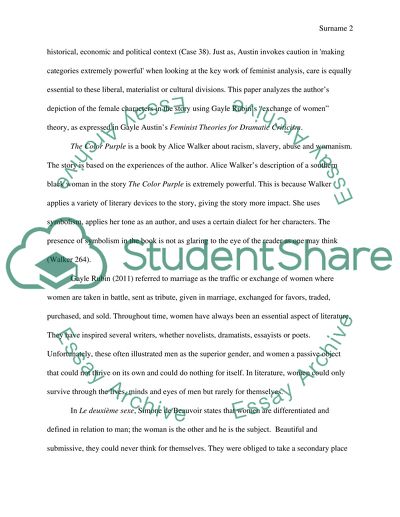Cite this document
(“Depictions of Women in The Color of Purple Essay”, n.d.)
Depictions of Women in The Color of Purple Essay. Retrieved from https://studentshare.org/visual-arts-film-studies/1446728-depictions-of-women-in-the-color-of-purple
Depictions of Women in The Color of Purple Essay. Retrieved from https://studentshare.org/visual-arts-film-studies/1446728-depictions-of-women-in-the-color-of-purple
(Depictions of Women in The Color of Purple Essay)
Depictions of Women in The Color of Purple Essay. https://studentshare.org/visual-arts-film-studies/1446728-depictions-of-women-in-the-color-of-purple.
Depictions of Women in The Color of Purple Essay. https://studentshare.org/visual-arts-film-studies/1446728-depictions-of-women-in-the-color-of-purple.
“Depictions of Women in The Color of Purple Essay”, n.d. https://studentshare.org/visual-arts-film-studies/1446728-depictions-of-women-in-the-color-of-purple.


